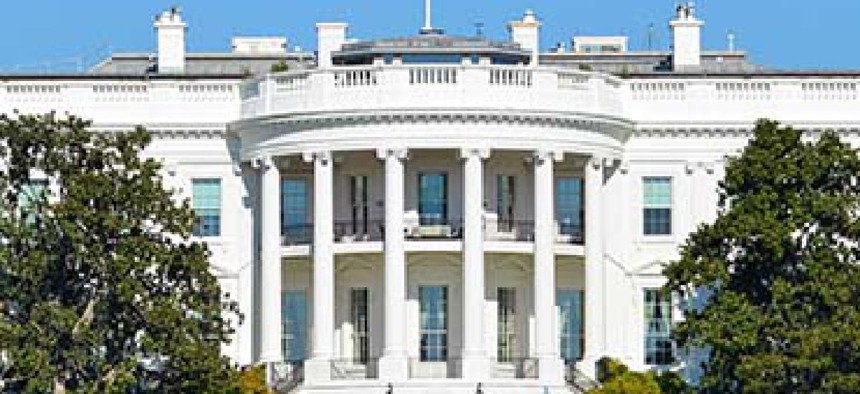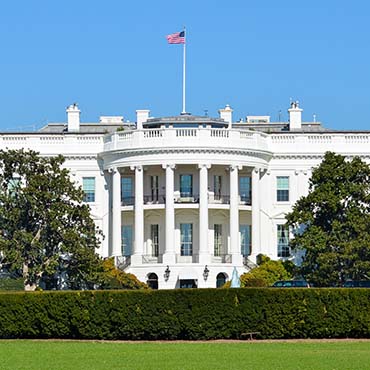White House touts new open government goals for 2016

The White House unveiled the latest version of its open government plan, promising more user-friendliness, preemptive disclosure of government information, enhanced online services for Freedom of Information Act requests and more.

The third U.S. Open Government National Action Plan, released Oct. 27, outlines more than 40 new or expanded initiatives. The White House announced the first plan in September 2011 and released its second incarnation in Dec. 2013. The new iteration brings together a range of recent Obama administration initiatives under the banners of open data and open government.
A key part of the plan is modernizing the design and ease with which government activities and services are presented online. The hope is for USA.gov to become even more customer-friendly, and function as the true "front door to the U.S. government." The General Services Administration is tasked to put in place content enhancements and work with agencies to help identity what services citizens most need online.
In September 2015, the U.S. Digital Service released a set of design patterns and tools to aid in such online improvements, giving agencies best practices for providing visually appealing and easy-to-use websites. The team also came up with a similar visual style to be used across a number of government platforms.
With the Freedom of Information Act set to turn 50 in 2016, the White House is moving ahead with its goal to consolidate requests across agencies using a single online portal, and improve FOIA websites across the board. Possible new features for FOIA.gov include a guided request tool, online tracking of request status and simplified reporting methods for agencies, improved FOIA contact information, and tools to help the public find information more easily. The Justice Department is also piloting a program that would allow agencies to make FOIA-released records available online.
The plan also includes improving the way federal agencies manage email, by releasing a list of government officials whose email is archived under the National Archive's Capstone program, and also put out updates on agency progress in complying with government-wide directives on email and records management.
On the open data front, the plan calls for the development of national guidelines for federal data. A machine-readable government org chart is also in the offing.
The Obama administration also plans to respond more quickly to "We the People" and make it more open source. The site allows people to create petitions requesting executive branch attention on particular issues. The White House plans to shorten its response time to within 60 days of a petition meeting the threshold of 100,000 signatures wherever possible. There also are plans to open the site's software code so people can more easily collect and contribute signatures from third-party platforms.
Similarly, a new version of Challenge.gov is also in the works. The site lists challenges and prizes available to people who can help government with innovative solutions in the technical and scientific fields, and the White House hopes to make it easier for the public to understand what the challenges and prizes are. GSA plans to release an open source version of the site.
The plan also promises to comply with the Data Act by improving financial information published by agencies, give the public a better understanding of the corporate structure of entities doing business with the government, and strengthen whistleblower protections for federal employees.


